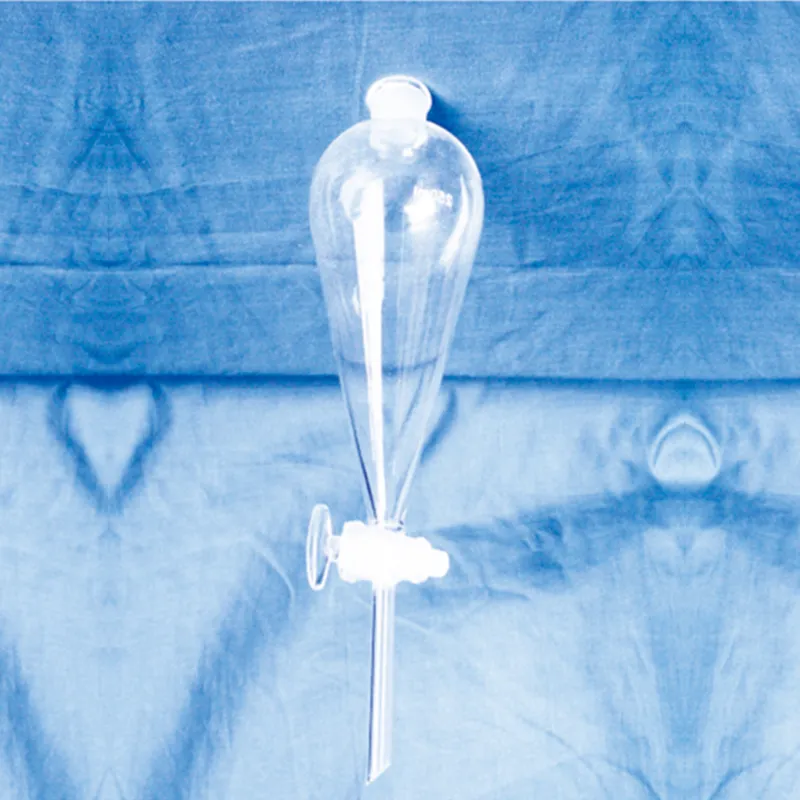
The smithsonian microscope is engineered to deliver consistent performance at all magnification levels. With precision focusing knobs and a rugged mechanical stage, it offers accurate sample positioning and smooth handling. The illumination system provides even lighting for clear observation of opaque and transparent specimens. Most smithsonian microscope models have modular configurations, which can be customized for particular fields like biology, metallurgy, or semiconductor inspection.

Across the worlds of science, industry, and education, the smithsonian microscope enables research at the microscopic level. It is an essential tool in medical diagnosis to analyze blood, tissues, and pathogens. Environmental scientists apply the smithsonian microscope to determine bacteria and microalgae that indicate water levels of quality. In materials science, it enables nanostructure analysis and the identification of defects. Art conservators apply the smithsonian microscope to analyze pigments and varnish layers. Its ability to produce accurate, detailed imagery makes it a valuable resource in continuing discovery and research development.

Future technology is revolutionizing the future of the smithsonian microscope, focusing on automation, high speed, and visualization. New-generation models will be provided with sophisticated image-processing algorithms to process information in real time. The smithsonian microscope will likely utilize adaptive optics for improved imaging at higher magnifications, both to the advantage of biological and materials research. Handheld and portable versions will become standard, bringing microscopic study to the location. With growing demands for sustainability, energy-saving smithsonian microscope versions will also run laboratories worldwide.

Cleaning, checking, and storing the smithsonian microscope with care is part of taking care of them. Dust accumulation can impact both optical and mechanical performance, and thus covering the smithsonian microscope when idle is inevitable. Avoid handling objective lenses with unmasked fingers to prevent oil smudges and residues. Remove immersion oil instantly after observation. The smithsonian microscope are kept in a controlled, temperature-stable environment. Periodic focus and illumination system calibration ensures image quality in the long term.
The smithsonian microscope allows researchers to study the world at a microscopic level with stunning detail. Using high-tech optical or electron systems, the smithsonian microscope magnifies samples to reveal texture, layers, and details that are imperceptible to the human eye. From life sciences to factory quality control, uses span the range. Portable and compact models now combine ergonomic design and digital controls to offer comfort, accuracy, and dependability for extended observation periods.
Q: What is a microscope used for? A: A microscope is used to magnify tiny objects or structures, allowing detailed observation of cells, microorganisms, and materials that are invisible to the naked eye. Q: How often should a microscope be calibrated? A: To maintain measurement accuracy and ensure accurate focus during research or analysis, regular calibration should be performed, typically once or twice a year. Q: What type of light source is commonly used in a microscope? A: Most modern microscopes use LED or halogen light sources, which provide stable light and adjustable brightness for clear images at a wide range of magnifications. Q: Can a microscope be connected to a computer? A: Yes, many microscope models feature USB or HDMI ports that allow image capture and digital display through specialized imaging software. Q: How should a microscope be stored when not in use? A: A microscope should be covered with a dust shield and stored in a cool, dry location to prevent contamination and protect optical components from humidity.
This ultrasound scanner has truly improved our workflow. The image resolution and portability make it a great addition to our clinic.
This x-ray machine is reliable and easy to operate. Our technicians appreciate how quickly it processes scans, saving valuable time during busy patient hours.
To protect the privacy of our buyers, only public service email domains like Gmail, Yahoo, and MSN will be displayed. Additionally, only a limited portion of the inquiry content will be shown.
Hello, I’m interested in your centrifuge models for laboratory use. Could you please send me more ...
I’d like to inquire about your x-ray machine models. Could you provide the technical datasheet, wa...
E-mail: [email protected]
Tel: +86-731-84176622
+86-731-84136655
Address: Rm.1507,Xinsancheng Plaza. No.58, Renmin Road(E),Changsha,Hunan,China